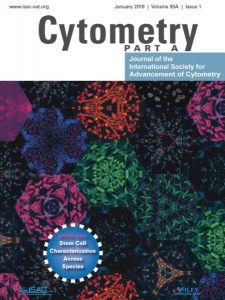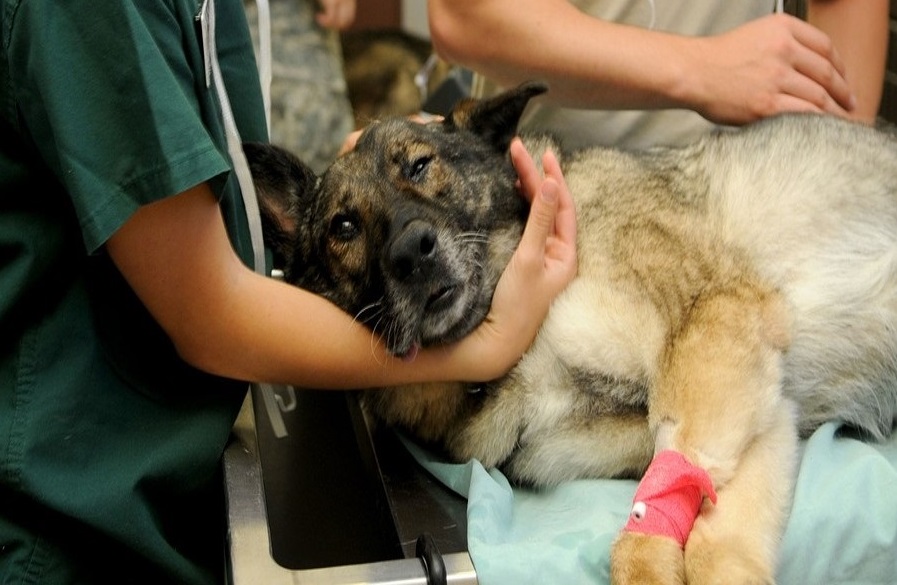 A stem cell is an undifferentiated cell of a multicellular organism with a broad potential to grow and differentiate into other cell types. Stem cells are used in basic, translational and clinical research to study the mechanisms of cell structure and function in healthy and diseased tissues, and to develop new therapies for various disorders including but not limited to cancer, neurodegenerative and metabolic disorders, and tissue regeneration.
A stem cell is an undifferentiated cell of a multicellular organism with a broad potential to grow and differentiate into other cell types. Stem cells are used in basic, translational and clinical research to study the mechanisms of cell structure and function in healthy and diseased tissues, and to develop new therapies for various disorders including but not limited to cancer, neurodegenerative and metabolic disorders, and tissue regeneration.
Clinical translation of stem cell therapies requires clear definition and characterization of the cell populations, especially in a biologically diverse group of non-human mammalian species. In their Guest Editorial for Special Issue on Stem Cell Characterization Across Species, Janina Burk, Walter Brehm, Roger Smith and Jayesh Dudhia write about amazing progress in veterinary stem cell research. However, they emphasize that despite its high relevance for both veterinary and human stem cell research, comparative characterization of stem cells across species is still its rudimentary stages and demands more attention.
6 original research and 5 review papers in this Special Issue focus on different aspects of canine, equine, porcine and ovine stem cell research that will eventually lead to successful cancer, regenerative, neurological and metabolic disorder therapies.
Also in this issue, do not miss Cytometry Part A Editor-in-Chief Attila Tárnok’s New Year Editorial entitled “2018: The dog year ahead”, where he wishes all our authors, the readership, and our Editorial Board a prosperous new year of cytometry, and outlines the Journal’s recent successes and future goals.
All articles are free in this January 2018 Issue. Enjoy!

















